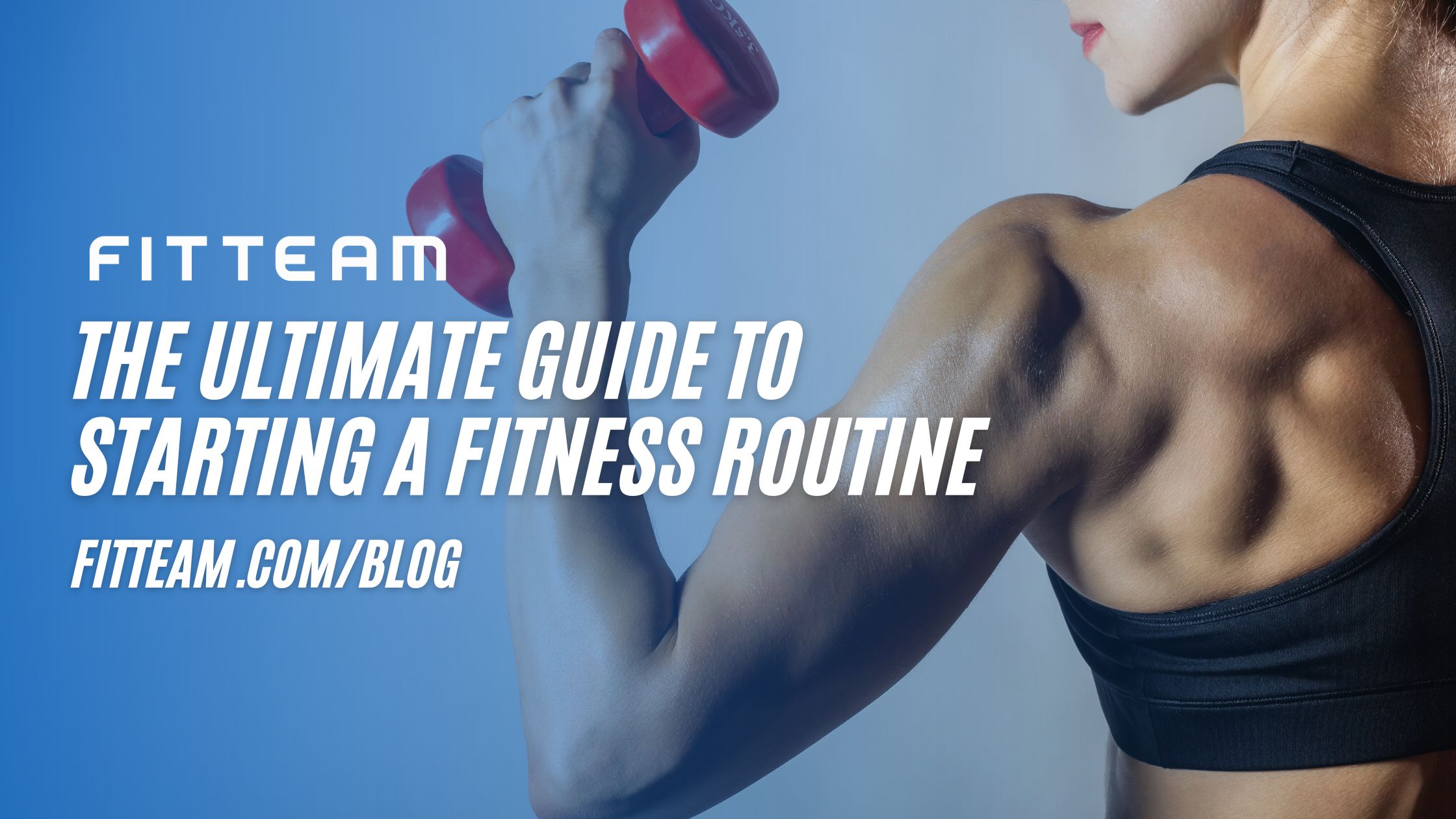
23 Jul The Ultimate Guide to Starting a Fitness Routine
The Ultimate Guide to Starting a Fitness Routine
Embarking on a fitness journey can be both exciting and daunting. Whether you’re looking to improve your health, build strength, or simply feel better in your daily life, starting a fitness routine is a significant first step. This guide will help you create a workout plan, set realistic goals, and maintain motivation to ensure your journey is successful and sustainable.
Creating a Workout Plan
The foundation of any successful fitness routine is a well-structured workout plan. Here’s how to get started:
- Assess Your Fitness Level: Before diving into any exercise program, assess your current fitness level. This can include evaluating your cardiovascular endurance, strength, flexibility, and body composition. Knowing where you stand will help you create a plan that is both challenging and achievable.
- Choose the Right Activities: Select exercises that you enjoy and that align with your fitness goals. If you’re aiming to improve cardiovascular health, activities like walking, running, cycling, or swimming are excellent choices. For strength training, consider weightlifting, bodyweight exercises, or resistance band workouts. Flexibility and balance can be enhanced through yoga or Pilates.
- Plan Your Week: A balanced workout routine typically includes a mix of cardio, strength training, and flexibility exercises. Aim for at least 150 minutes of moderate aerobic activity or 75 minutes of vigorous activity per week, combined with two or more days of strength training. Don’t forget to incorporate rest days to allow your body to recover and prevent injury.
- Start Slow and Progress Gradually: Begin with lower intensity and shorter durations, gradually increasing as your fitness improves. This approach minimizes the risk of injury and makes it easier to stick with your routine.
Setting Realistic Goals
Setting goals is crucial for maintaining focus and measuring progress. Here’s how to set effective fitness goals:
- Be Specific: Instead of vague goals like “get fit” or “lose weight,” set specific targets such as “run a 5K in under 30 minutes” or “perform 10 push-ups.” Specific goals provide clear direction and a way to measure success.
- Make Them Measurable: Quantifiable goals allow you to track progress. Use metrics such as time, distance, weight, or repetitions to gauge your improvement.
- Set Achievable and Realistic Goals: Ensure your goals are challenging yet attainable. Setting unrealistic goals can lead to frustration and burnout. Consider your current fitness level and time constraints when setting your targets.
- Time-Bound Goals: Establish a timeline for achieving your goals. This creates a sense of urgency and helps you stay focused. Break down long-term goals into smaller, short-term objectives to keep yourself motivated.
Maintaining Motivation
Staying motivated is often the biggest challenge in a fitness journey. Here are some strategies to keep your motivation high:
- Find a Workout Buddy: Exercising with a friend can make workouts more enjoyable and provide accountability. You’re less likely to skip a session if someone else is counting on you.
- Track Your Progress: Keep a workout journal or use a fitness app to record your exercises, sets, reps, and how you feel after each session. Seeing your progress over time can be incredibly motivating.
- Reward Yourself: Celebrate your achievements with rewards. Treat yourself to new workout gear, a massage, or a day off to relax. Rewards can provide positive reinforcement and keep you excited about your progress.
- Mix It Up: Avoid monotony by varying your workouts. Try new activities, change your routine, or take a different route for your run. Variety can keep your workouts interesting and prevent boredom.
- Stay Positive: Focus on the positive changes you’re making, both physically and mentally. Celebrate small victories and remind yourself why you started this journey in the first place.
Conclusion
Starting a fitness routine is a significant step towards a healthier and happier life. By creating a well-structured workout plan, setting realistic goals, and maintaining motivation, you can make your fitness journey enjoyable and sustainable. Remember, consistency is key, and every step you take brings you closer to your goals. So lace up your sneakers, stay committed, and enjoy the process of becoming the best version of yourself.
Sources:
- Mayo Clinic. (n.d.). Fitness Basics. Retrieved from Mayo Clinic
- American Heart Association. (n.d.). Recommendations for Physical Activity in Adults. Retrieved from AHA
- Centers for Disease Control and Prevention. (2020). How Much Physical Activity Do Adults Need? Retrieved from CDC

